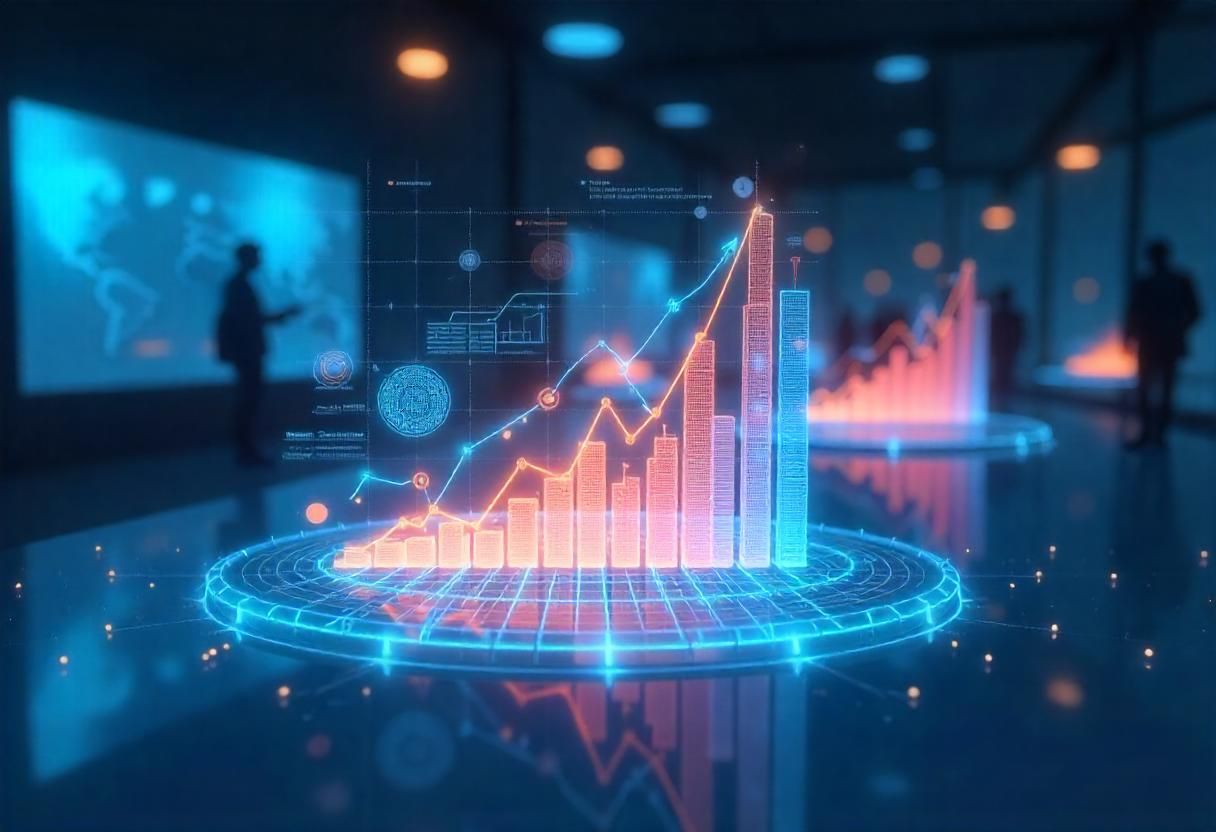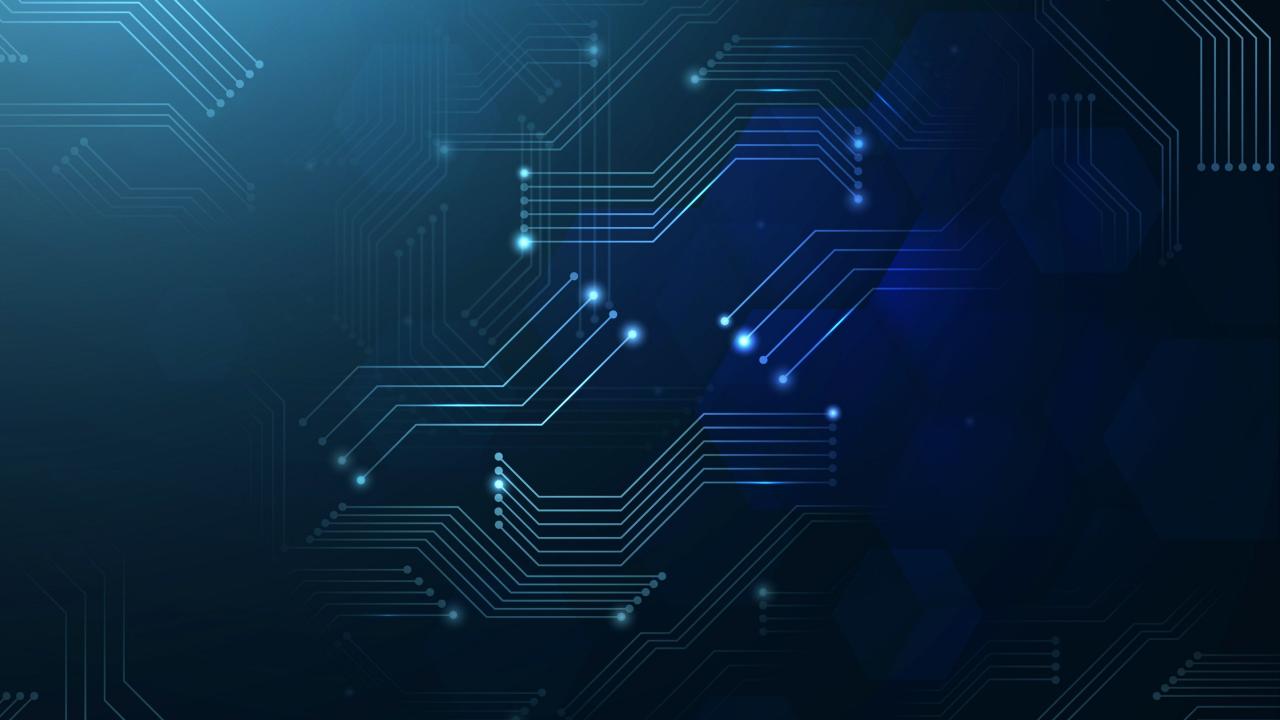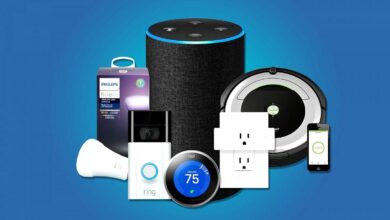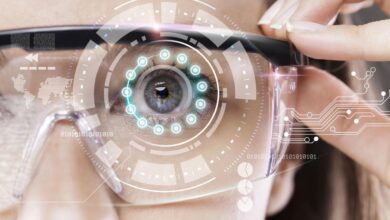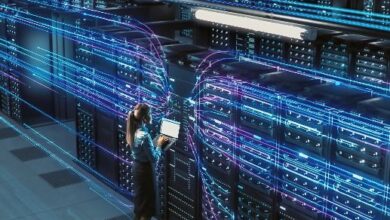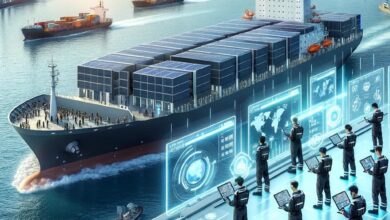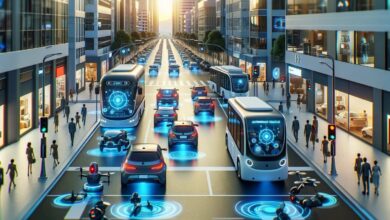Tech Trends to Watch in 2026

The Top Tech Trends of 2026
The pace of technological change is accelerating, and what was once a futuristic concept is now an everyday reality. As we navigate the midpoint of the decade, the tech landscape is being shaped by several key trends that are set to redefine how we live, work, and interact with the world around us. This is not just about incremental upgrades; it’s about a fundamental shift in computing, connectivity, and human-machine interaction. From intelligent systems that anticipate our needs to virtual worlds that merge with our reality, the technologies of 2026 are poised to unlock unprecedented opportunities and challenges. Understanding these trends is crucial for anyone looking to stay ahead in a rapidly evolving digital world.
This article explores the most impactful technological shifts that will define the year 2026. We will delve into the underlying principles of these innovations, their potential applications, and the ethical and social implications that come with them.
Key Technology Trends Defining 2026
The convergence of several core technologies is creating a powerful wave of innovation. Each of these trends is significant on its own, but their true power lies in how they connect and build upon one another.
A. The Rise of Ambient Computing
Ambient computing is the idea that technology becomes so integrated into our environment that it fades into the background. Instead of interacting with a single device, we will be surrounded by a network of interconnected sensors and intelligent systems that respond to our needs in a seamless, intuitive way.
- Smart Environments: Homes, offices, and even cities will be equipped with sensors that monitor our activity and adjust settings like temperature, lighting, and sound automatically. Your home will know when you wake up and have your coffee brewing, or your office will adjust the lighting based on the time of day.
- Context-Aware AI: This is the brains behind ambient computing. AI systems will be able to understand the context of our actions, location, and emotional state. For example, your car might automatically reroute you to avoid traffic based not just on data, but on your personal calendar and a predicted appointment time.
- Invisible Interfaces: Traditional screens and keyboards will become less central. Voice commands, gestures, and even brain-computer interfaces will become the primary ways we interact with technology. The goal is to make technology feel less like a tool and more like an extension of ourselves.
B. Spatial Computing and the Metaverse
While the metaverse was once a buzzword, in 2026, it is evolving into a more practical reality. This trend is about blending the digital and physical worlds, creating new possibilities for work, entertainment, and social connection.
- Augmented Reality (AR) Everywhere: AR technology will become commonplace, embedded in everything from smart glasses to car windshields. Imagine a factory worker seeing real-time data overlaid on a machine they are repairing, or a surgeon visualizing a patient’s organs in 3D during an operation.
- Persistent Digital Worlds: The metaverse will move beyond simple gaming platforms to become persistent, shared digital spaces for collaboration and social interaction. Companies will host meetings in virtual offices, and artists will create immersive experiences that blur the line between reality and digital art.
- Haptic and Sensory Feedback: As spatial computing becomes more immersive, so will the sensory experience. Advanced haptic gloves and suits will allow users to “feel” digital objects and textures, adding a new layer of realism to virtual and augmented reality.
C. Edge AI and Decentralized Computing
For years, AI processing relied on powerful, centralized data centers. In 2026, the trend is toward edge AI, where processing happens locally on a device, leading to faster, more secure, and more efficient systems.
- Real-Time Responsiveness: With processing power on the device itself, systems can respond in real-time without the latency of sending data to a remote server. This is critical for self-driving cars, industrial robots, and medical devices.
- Enhanced Privacy: By processing data locally, less sensitive information needs to be sent to the cloud, significantly enhancing user privacy. This decentralized model is a key answer to the growing concerns around data security.
- Resilient Networks: Edge computing creates a more resilient network. If a central data center goes offline, local devices can continue to function, ensuring continuity in critical systems.
D. The Democratization of AI Creation
Artificial intelligence is no longer a tool reserved for data scientists and large tech corporations. In 2026, user-friendly platforms and low-code/no-code tools will make AI creation accessible to everyone.
- No-Code AI Platforms: Individuals and small businesses can build and deploy powerful AI models without writing a single line of code. This will lead to a new wave of innovation, as creative minds from all fields can apply AI to solve problems.
- Automated Machine Learning (AutoML): Platforms will automate the complex process of model training and selection, allowing users to focus on the problem they want to solve rather than the technical details of the algorithm.
- The Rise of the “Citizen Data Scientist”: As AI tools become more accessible, a new class of professionals will emerge who can use AI to gain insights and drive decisions within their own fields, from marketing to finance to healthcare.
The Broader Impact and Ethical Considerations
These technological trends will not exist in a vacuum. They will have a profound impact on society, the economy, and our daily lives, raising important questions we must address.
- Future of Work: AI and automation will continue to change the workforce. While some jobs may become obsolete, a new demand for skills in areas like AI ethics, data governance, and human-machine collaboration will emerge. The key will be continuous learning and adaptability.
- Privacy and Security: As ambient and edge computing become more widespread, the volume of data being collected will increase exponentially. Ensuring robust privacy protections and cybersecurity measures will be more critical than ever.
- Digital Divide: The rapid advancement of technology risks widening the gap between those who have access to these tools and those who do not. Governments and organizations will need to invest in infrastructure and education to ensure that the benefits of these innovations are shared by all.
Conclusion
The year 2026 marks a significant inflection point in the technological timeline. The trends of ambient computing, spatial computing, and decentralized AI are not isolated phenomena; they are interconnected forces that are creating a new digital reality. They promise a future where technology is more intuitive, more integrated, and more powerful than ever before. As we move forward, the challenge will be to harness these tools responsibly, ensuring that they serve to enhance humanity, not to simply replace it. The future is not just something to watch; it’s something to actively build.
